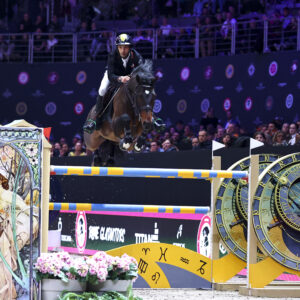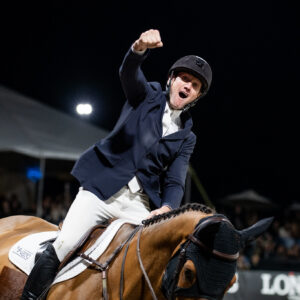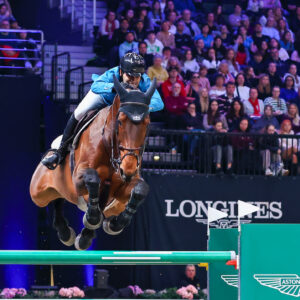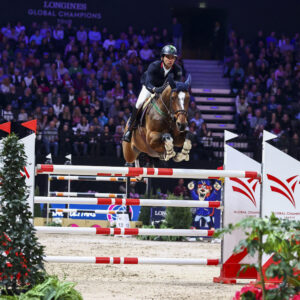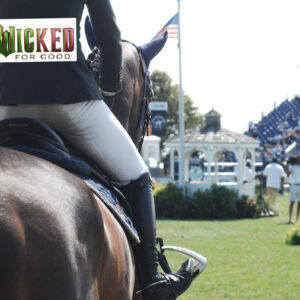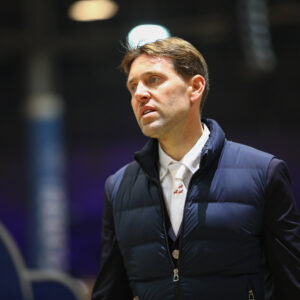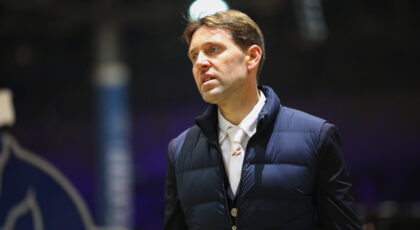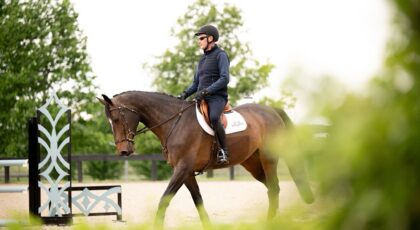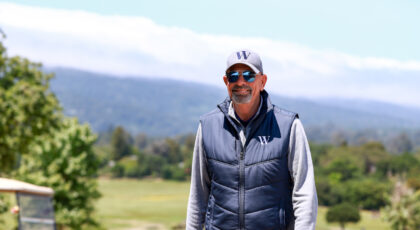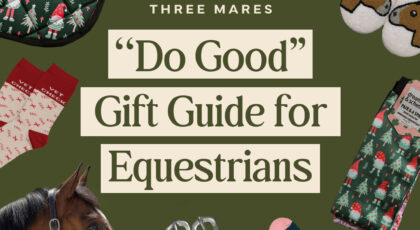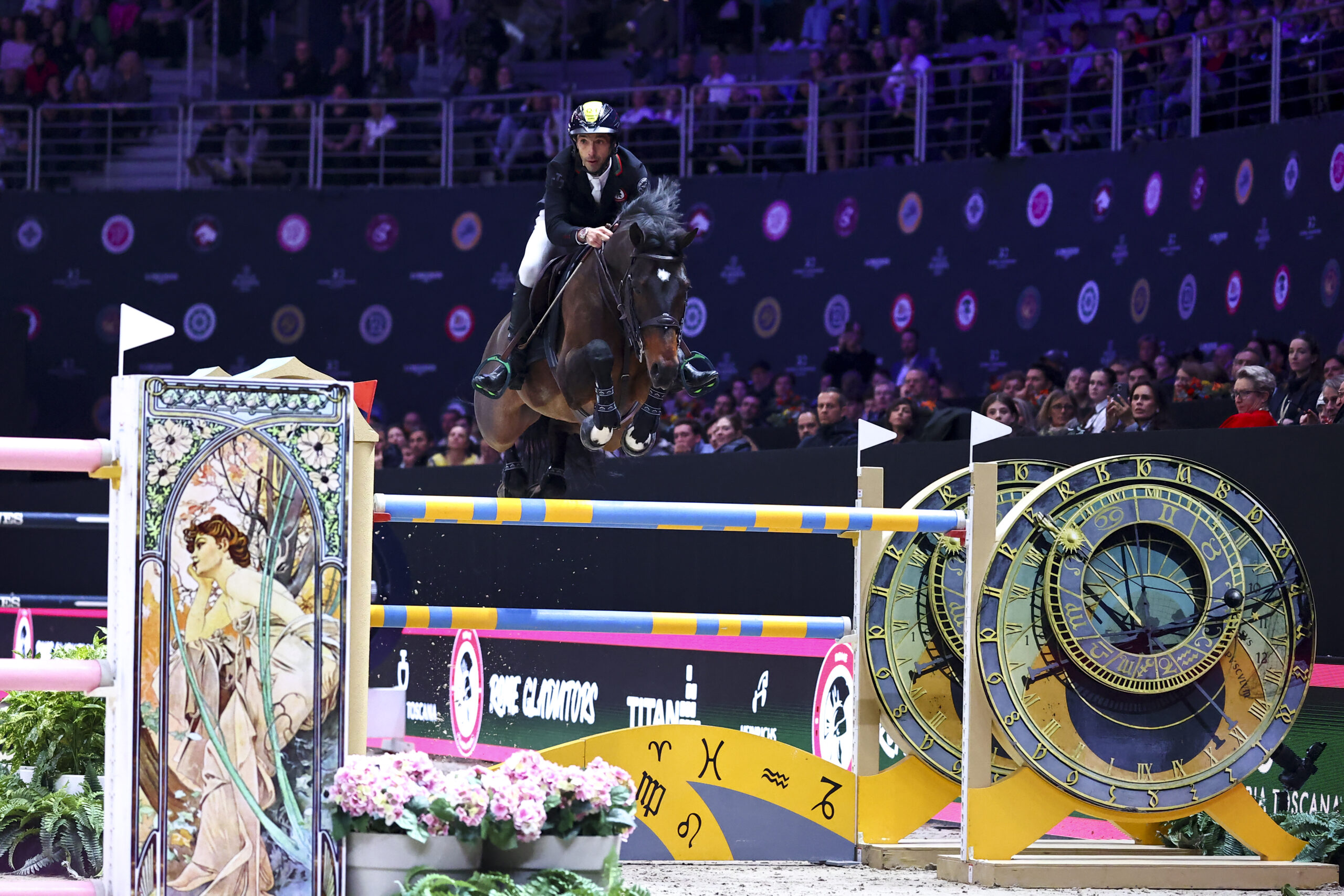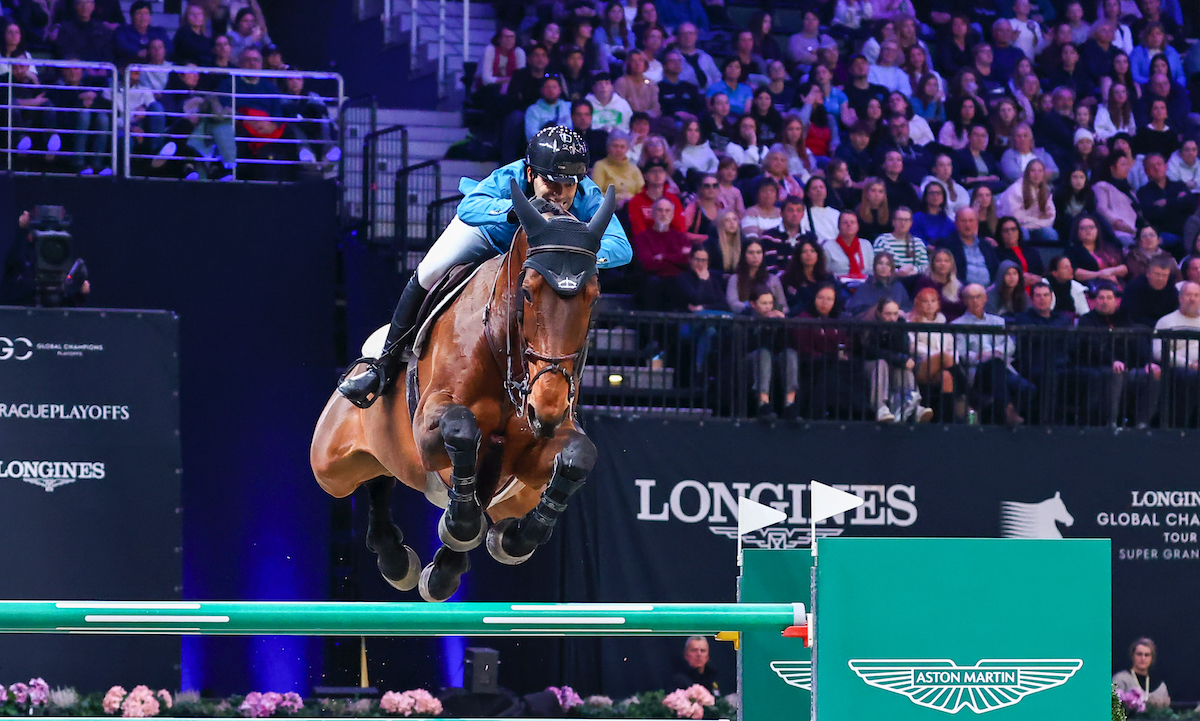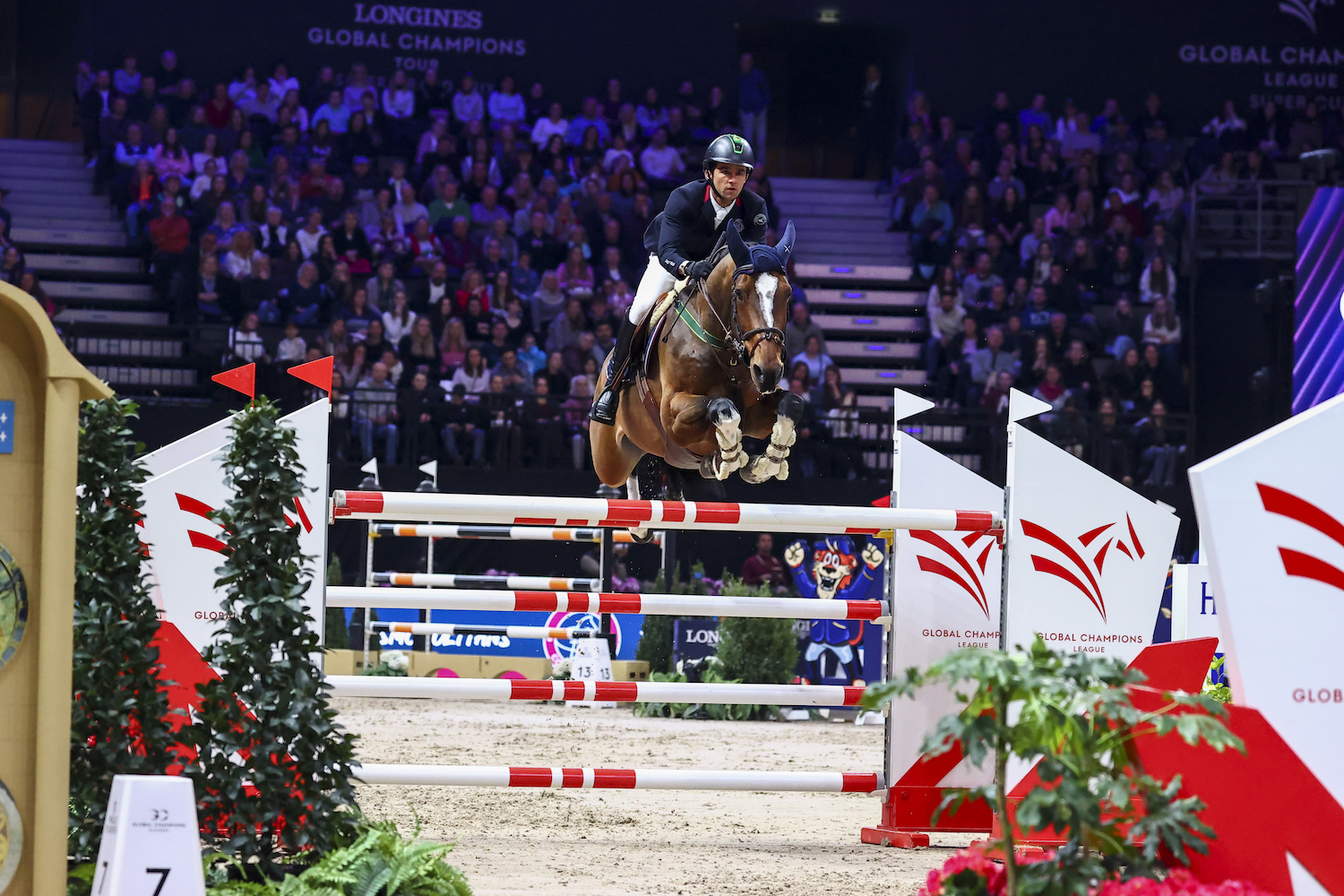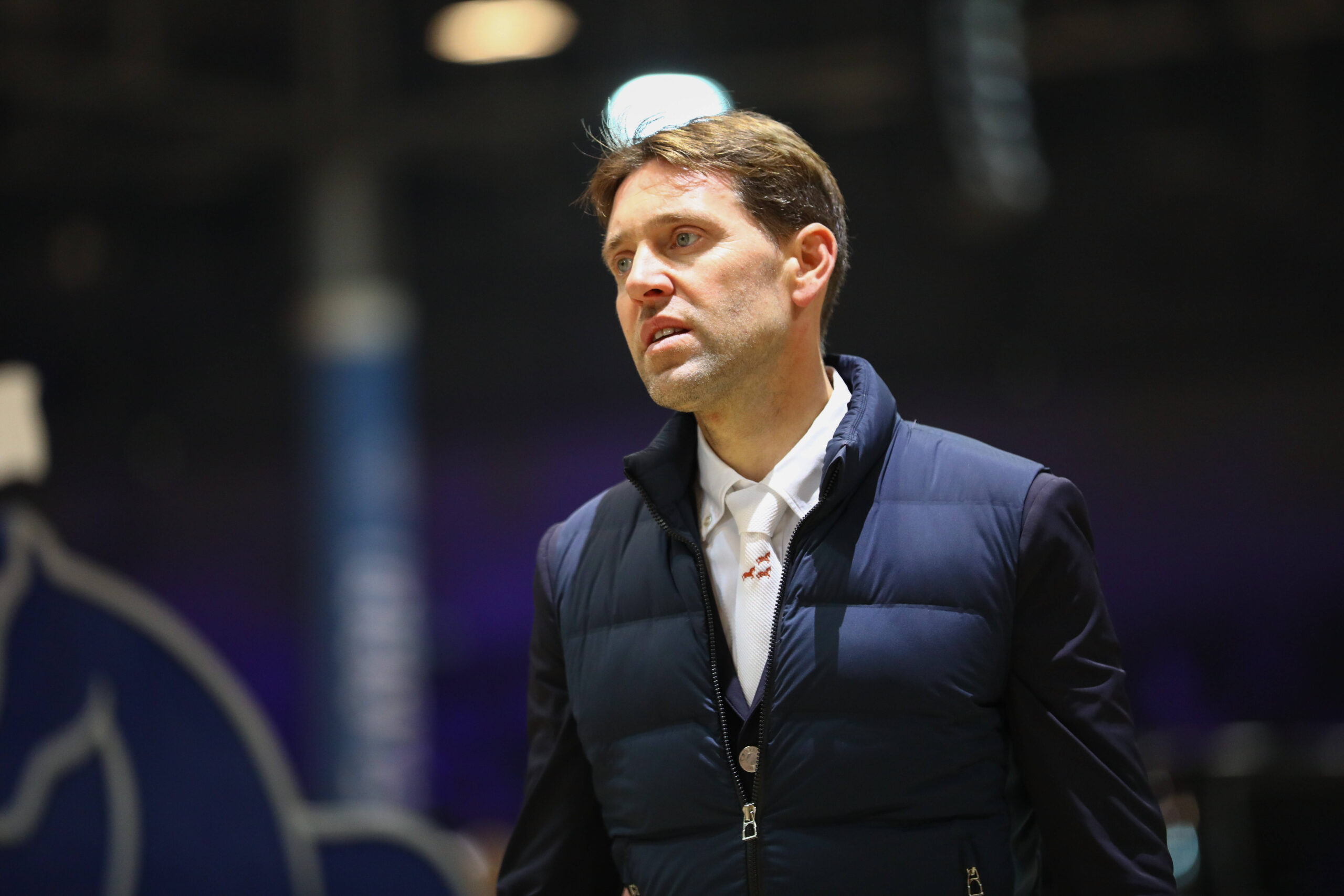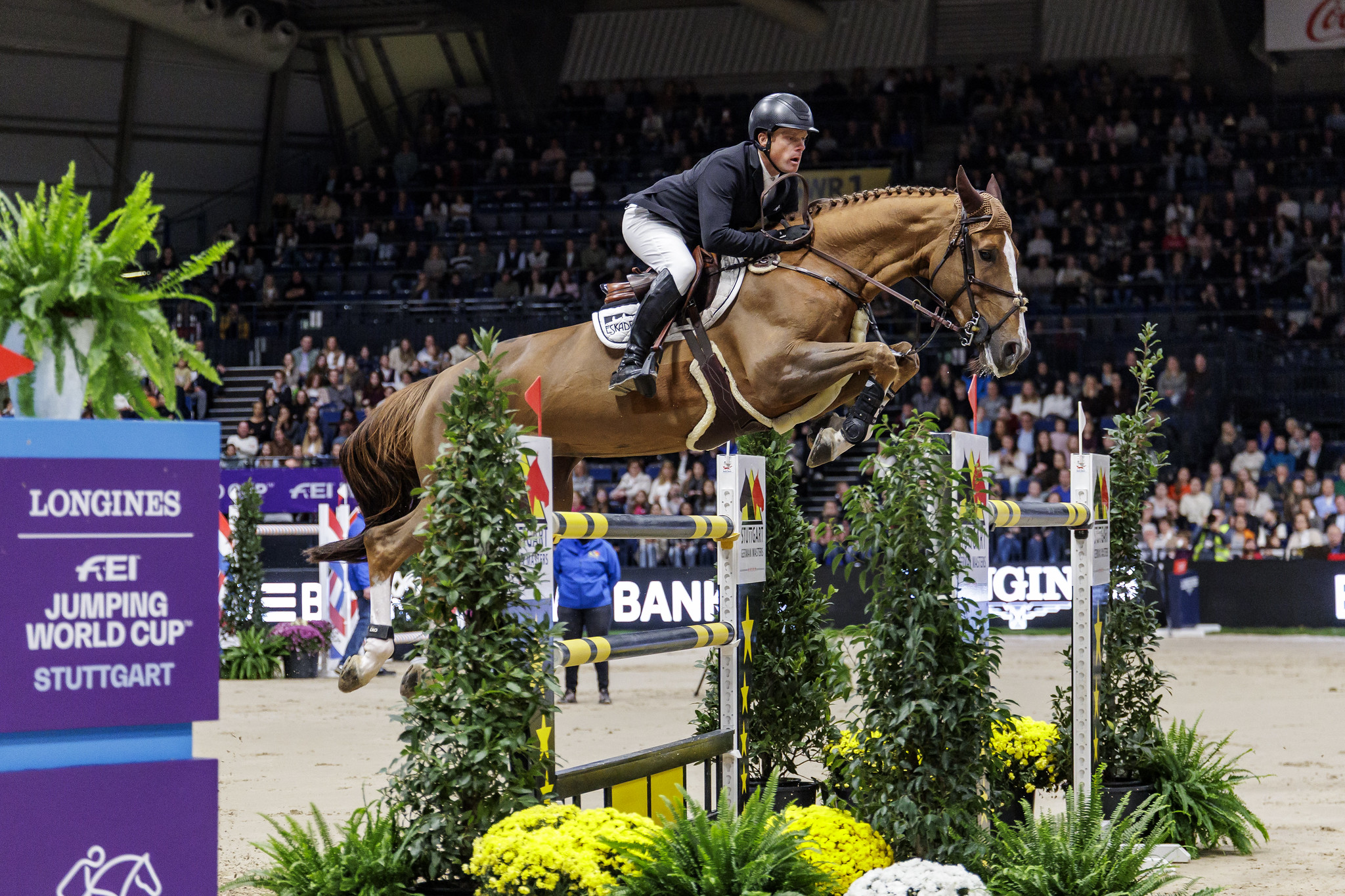I recently read California hunter rider Hope Glynn’s widely shared post following the close of the Winter Equestrian Festival (WEF) 2023. And, like so many others, I think there’s a lot there that’s worthy of discussion.
Like Glynn, I also grew up at a barn where horsemanship, in the physical and knowledge-based sense, was an inherent part of the training process. I braided, wrapped, cleaned stalls, and cared for my own horse at horse shows. As a member of 4-H, I gave public presentations on horse health topics and competed at regional quiz bowls. I worked as a groom long before I was ever in the order-of-go at the horse shows where I now compete as an amateur.
I realize this is not how a lot of kids enter the sport these days, and especially not the “AA” horse show world. Some still do. But I take Glynn’s points to heart.
In my own line of work, I’ve interviewed more than one prominent trainer who advocated, in so many words, that the ‘horsemanship portion’ was a part of the sport that was appealing to some kids, and not to others—and either was okay in their book.
Initially, that struck me as wrong. But I’d like to dive into it here, because I think there are a couple of key differences in how we define ‘horsemanship.’
Playing devil’s advocate for a moment, having a flexible mentality surrounding this issue as it applies to full-care clients is what allows many successful trainers to pay their bills. Whether it’s right or wrong, from their view, it’s certainly more pragmatic than making each kid in the barn take a practicum exam before allowing them to mount up.
And, I would argue, from a trivia standpoint, a kid doesn’t necessarily need to know what the bit in their gelding’s mouth is called, per se, if they know how to use it correctly when he arrives tacked-up at the show ring.
In an ideal world, should they have this knowledge? Of course.
I think many trainers would agree that they got into the business because they are foremost horse people, not people-people. Probably, you need to be both.
It’s easy to imagine that, for many coaches, doing the portion of the job that entails having a horse prepared at the show ring on time is a lot easier than trying to convince every kid and parent in their program that they need to learn to braid themselves or identify the parts of the horse. For better or worse, for some folks, it’s a much tougher sell.
And yet, for those that can ride and decide to stick around, the need to become a horseman may occur naturally. Come the day their horse trots sound but doesn’t have enough push from behind to jump out of the triple in their usual fashion, that kid with a good feel will spend a lot fewer classes having rails if she understands there’s likely some veterinary maintenance required. Or, to Glynn’s example, the good-riding junior that doesn’t know how to “engage the haunch” in real-time will miss distances (and ribbons) until she learns where they are located.
But I think there are bigger issues at stake.
It also seems to be a common trope among those in the industry that if a client has enough money, there is always a horse that can do the job that junior or amateur wants to do—be it competing in the 3′ hunters or making it around a 1.40m grand prix. But what that mentality implies, with no consideration for a rider’s actual abilities, opens the door to the horse welfare issue Glynn identifies.
Trainers are not the morality police. They are, however, the first line of defense for the horse. There’s a key difference between accepting a client that loves horses but not traditional horsemanship in the DIY-sense, and accepting one that doesn’t love the horse enough to wait until they’re a competent pilot.
Not all kids are the same, and not all parents are either. Some are there, in Glynn’s words, “To just buy a jumper and stick them in the 1.20m ring so the parents can tell their friends or the kids can post a photo over a bigger jump.” Like it or not, that client’s money spends the same as the kid who gamely drops her irons when asked, and loves being there for every minute of the mucking, tacking, grooming, and grazing.
I have my personal feelings on this, but I don’t think we should lose the forest for the trees. If a rider doesn’t care enough about the animal he’s sitting on to learn the basics of how to walk a line, or count on course, or follow a trainer’s instructions before moving up a division, that’s more than disrespectful to the process: it can be downright dangerous.
If he doesn’t have the tools to make decisions on the fly when things don’t go according to plan—and things often don’t go according to plan—he’s putting his horse’s confidence and wellbeing at risk as well as his own. And the horse doesn’t have a choice.
Trainers do know these things. And, unless Pegasus is in the budget, even a six- or seven-figure horse can only do so much.
As a trainer, putting a person who won’t spend the time to learn correct basics in the ring in a division they’re not ready for, even on a supremely qualified mount, is irresponsible. As Glynn acknowledges, it’s dangerous to the client, and unfair to the horse.
I certainly don’t excuse the parent who cajoles that trainer into entering their kid in a class that’s above his or her ability. But clients and the parents of junior clients don’t always know the risks at stake. They don’t always know what can happen if their kid makes the wrong call, and leaves out to the two-stride; or gallops around the jump-off hellbent on winning without regard for the numbers or track.
Is it overly idealistic to expect trainers to instill a love a of horsemanship, in the traditional sense, in each and every kid that walks into their barn? Maybe.
But there are different degrees we need to consider, and the horse should always come first. As Glynn says, “Trainers are supposed to be an advocate for these animals that allow us to be in this sport and make our living because of them.” That’s one part of the job we should never lose sight of, no matter how big the checkbook of the client that’s walking through the door.
What separates this sport from all the rest is the emotional bond it creates between human and equine; the empathy it’s supposed to foster. A kid that seems immune to or disinterested in that bond isn’t one you want in the barn.
When we reduce the horse to the level of hockey player and stick, or that often-referenced tennis racket ‘to pick up and put down at will’, everyone loses.


 April 6, 2023
April 6, 2023 






